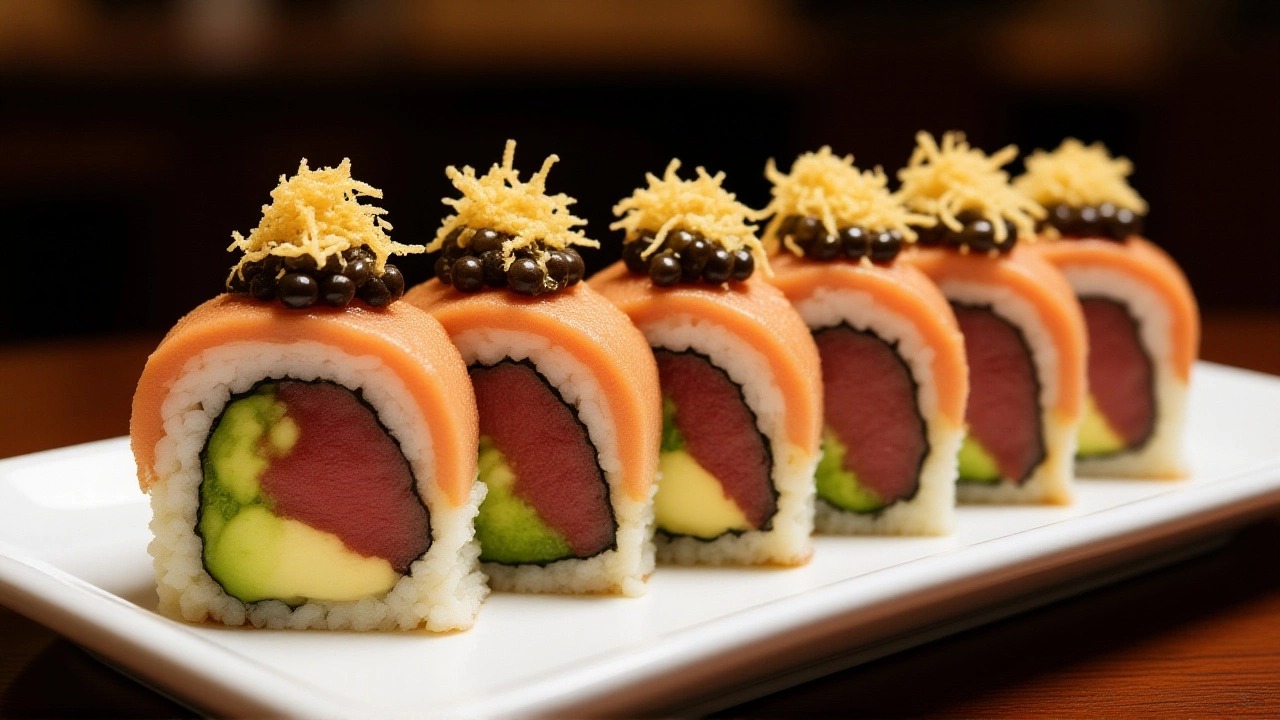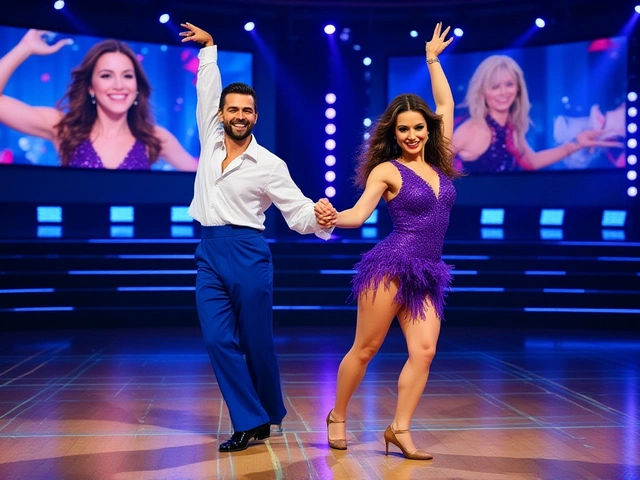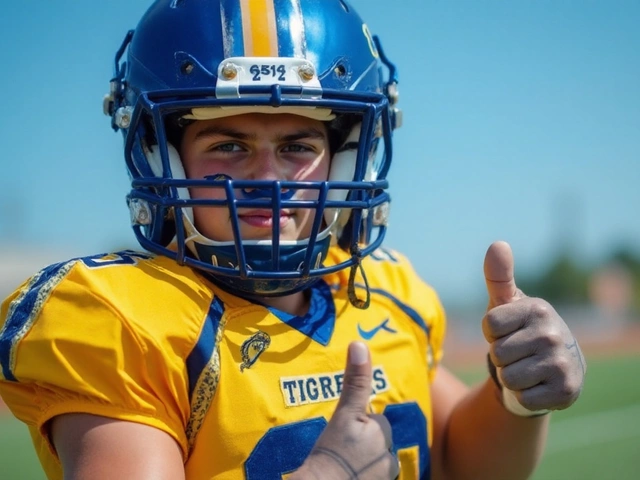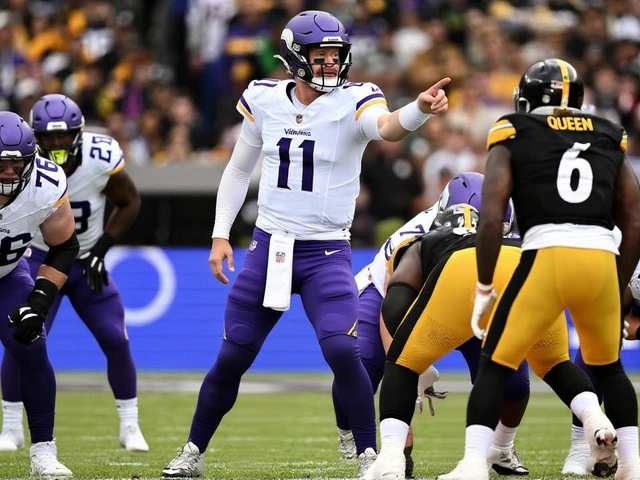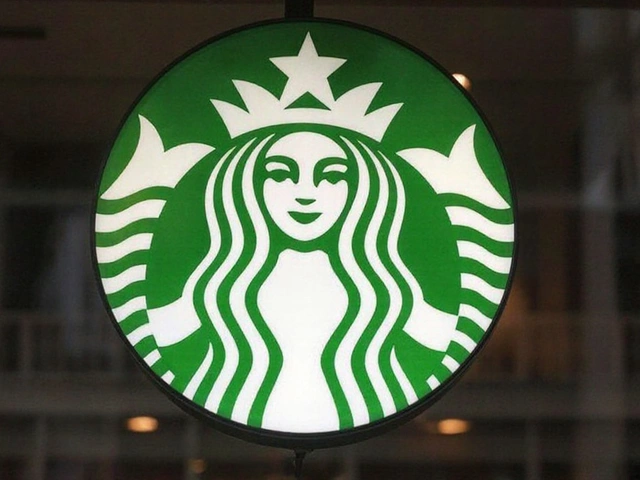When Wa Shin was named Best Sushi, Classy in Boston Magazine’s 2025 Best of Boston awards, it didn’t just win a trophy—it announced a new era for fine dining in the city. At 222 Stuart St. in Downtown Boston, Executive Chef Sky Zheng serves an 18-course omakase experience that feels less like a meal and more like a whispered secret between chef and guest. Trained under Daisuke Nakazawa, the protégé of legendary sushi master Jiro Ono (yes, the one from Jiro Dreams of Sushi), Zheng’s work at Wa Shin blends precision with poetry. The name itself—Wa Shin, meaning "harmony of the heart"—isn’t just poetic branding. It’s the philosophy behind every slice of fish, every grain of vinegar-seasoned rice, every flick of the chef’s knife under the warm glow of the hinoki wood counter.
The Rise of the Omakase Elite
Wa Shin isn’t the only player in Boston’s high-end sushi game. Umami Omakase in Cambridge has quietly built a cult following since 2019. Chef Gary Lei, who once worked at UNI Boston, transformed the old Hana Sushi space into a minimalist temple of seasonal refinement. With a 4.9 rating from 165 OpenTable reviews and a "Very Expensive" tag, it’s no surprise Umami was booked 10 times in a single day. The menu? No choices. Just trust. And what you get—sea urchin from Maine, bluefin toro aged just right, a single perfect piece of amberjack kissed by yuzu zest—is worth every penny.Meanwhile, Blue Ribbon Sushi at 500A Commonwealth Ave. has become the city’s most booked Japanese restaurant, logging 54 reservations in one day. That’s more than Douzo Modern Japanese Restaurant, which leads in volume but doesn’t command the same premium price point. Blue Ribbon’s Boston outpost—anchored by its New York pedigree since 1995—offers nigiri you won’t find elsewhere: Japanese red snapper, wild amberjack, and a lobster-and-caviar roll that costs more than your average dinner but tastes like luxury distilled into six bites.
Neighborhood Gems That Punch Above Their Weight
But Boston’s sushi soul isn’t just in the polished counters of the Back Bay. It’s in the unassuming corners where the heat rises from a flaming roll.At Oppa Sushi in Allston, the "Fire Bruins Maki" arrives wrapped in aluminum foil, lit on fire at your table like a celebration. It’s absurd. It’s brilliant. It’s $14. Chef-owner David Kim doesn’t just serve sushi—he serves fun, nostalgia, and a little bit of chaos. The same goes for Ebi Sushi in Union Square, where you can get five pieces of omakase for $28. Yes, $28. That’s not a typo. It’s the kind of deal that makes regulars whisper to newcomers: "You haven’t lived until you’ve tried their torched miso salmon."
Then there’s Matsunori on Beacon Hill, where temaki—hand-rolled sushi—is treated like haute cuisine. Their miso-cod, torched until it caramelizes like crème brûlée, melts into a sweet, umami-rich cloud. The A5 wagyu roll? Sourced from the owner’s own farm in Vermont. No middleman. Just beef so buttery it needs no sauce.
What the Numbers Don’t Tell You
OpenTable’s rankings show Douzo Modern Japanese Restaurant as the most booked (51 times a day), but that’s partly because it’s larger, more casual, and open for lunch. Meanwhile, Wa Shin, Umami, and Blue Ribbon operate on tight, intimate seating—sometimes just 12 seats total. They don’t need volume. They need reverence.And then there’s Chiharu Sushi & Noodle on Route 9 in Brookline, where Chef Qun Li has been quietly serving mango-topped tuna rolls since 2017. No awards. No reservations. Just fresh fish, reasonable prices, and a line out the door every Friday night. That’s Boston sushi: equal parts Michelin-starred artistry and neighborhood heartbeat.
Why This Matters
Boston’s sushi scene isn’t just growing—it’s maturing. It’s no longer a city that imports Japanese cuisine. It’s one that redefines it. From Sky Zheng’s quiet mastery to Oppa’s fiery spectacle, the city now offers everything from spiritual omakase to playful, flame-lit rolls. And that’s rare. In most cities, you choose: either the elite experience or the local favorite. Here? You can have both—on the same night, if you’re lucky.The twist? None of this happened overnight. It took a decade of immigrant chefs, culinary apprenticeships, and Bostonians willing to pay $200 for a meal that lasts two hours. Now, the world is noticing. And for those who’ve been waiting? It’s about time.
Frequently Asked Questions
How does Wa Shin’s omakase compare to Jiro Ono’s in Tokyo?
While Wa Shin’s Chef Sky Zheng trained under Daisuke Nakazawa—Jiro Ono’s direct protégé—the experience isn’t a copy. Jiro’s 20-seat counter in Ginza is legendary for its austerity and ritual. Wa Shin adds seasonal New England ingredients like lobster roe and local scallops, creating a distinctly Bostonian interpretation. The pacing is similar, but the flavor profile leans toward coastal freshness rather than pure tradition.
Why is Blue Ribbon Sushi booked so often despite its high price?
Blue Ribbon’s Boston location offers nigiri and rolls you won’t find elsewhere in New England—like Japanese red snapper and amberjack—plus a half-lobster caviar roll that’s become a status symbol. With a 4.8 rating from 640 reviews and a New York pedigree since 1995, it’s not just about the food; it’s about access to a brand that’s synonymous with luxury. Many diners book months ahead, treating it like a milestone celebration.
Is there a budget-friendly omakase option in Boston?
Yes—Ebi Sushi in Union Square offers a five-piece omakase for $28, and ten pieces for $58. It’s not the 18-course experience of Wa Shin, but the quality is exceptional: torched salmon, sashimi-grade tuna, and perfectly seasoned rice. Many regulars say it’s the best value in the city, especially for lunch.
Why doesn’t Matsunori take reservations?
Matsunori operates on a first-come, first-served basis to preserve its casual, bar-side energy. The owner believes the spontaneity of waiting—sometimes 30 minutes on weekends—enhances the experience. It’s part of the charm. And when you finally sit down, the miso-cod and wagyu rolls make the wait feel like part of the story.
What’s the best time to visit Umami Omakase?
Book a seat at 5:30 p.m. on a Tuesday or Wednesday. That’s when the kitchen is freshest, the crowd is thinnest, and Chef Gary Lei still has the energy to explain each course in detail. Weekend nights are packed, and while the food is still outstanding, the experience becomes more about the spectacle than the serenity.
Are any of these restaurants family-friendly?
Most high-end omakase spots like Wa Shin and Umami are designed for adults—quiet, intimate, and expensive. But Chiharu Sushi & Noodle and Oppa Sushi are perfect for families. Chiharu’s affordable maki and noodle dishes, and Oppa’s flaming rolls, make them hits with kids and adults alike.
